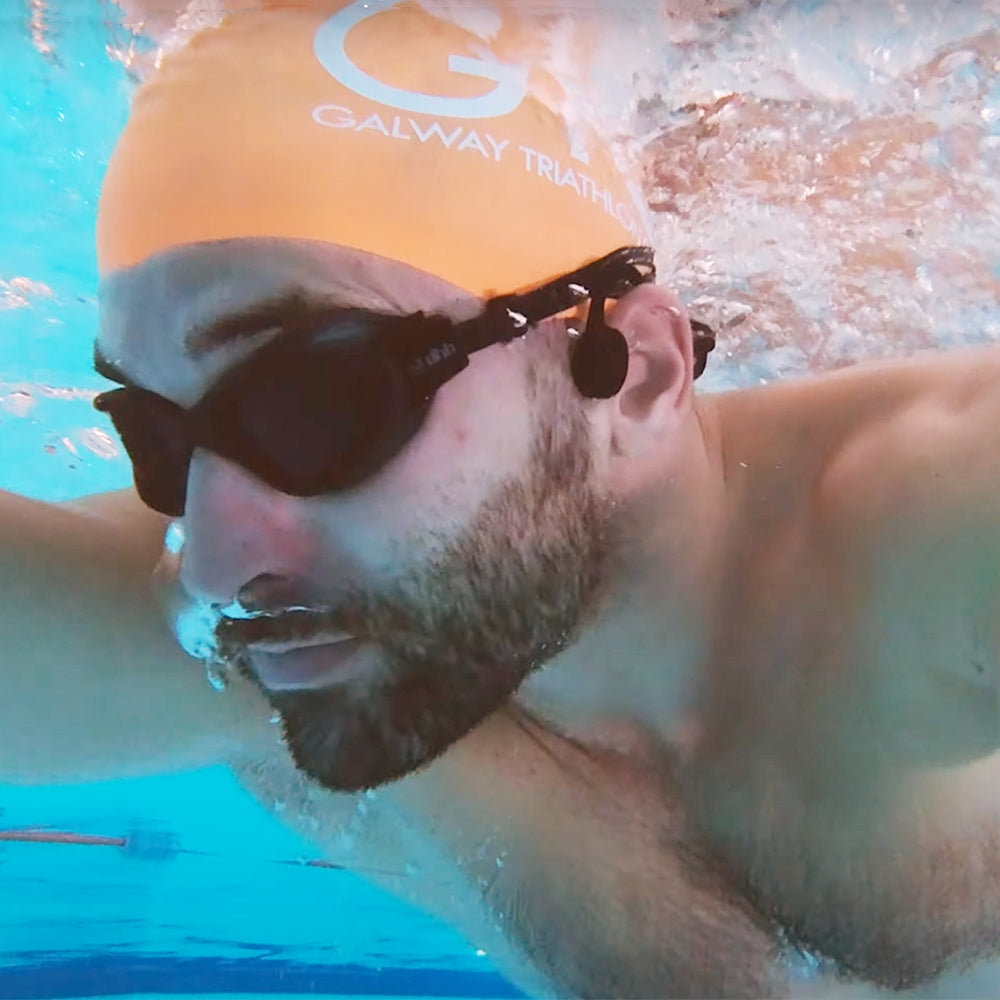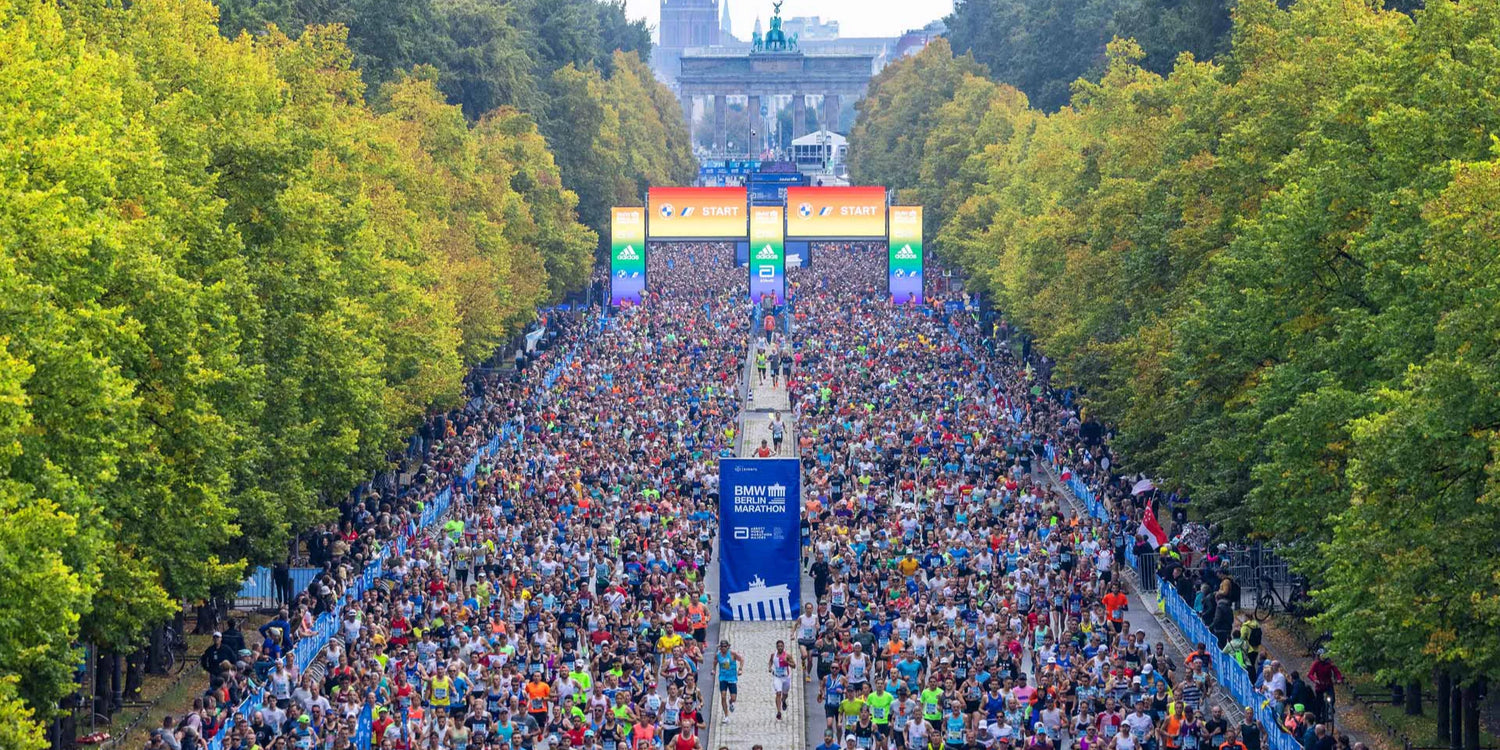1. Boston Marathon

Founded: 1897
When: Held annually in April, usually on Patriots' Day, the third Monday in April
History and Origin: The Boston Marathon is the oldest annual marathon in the world, inspired by the first modern Olympic marathon held in Athens, Greece in 1896. Sponsored by the Boston Athletic Association (BAA), the inaugural event featured 15 runners. The Boston Marathon is known for its high threshold of qualification, where participants must meet specific time standards. The course's famous "Heartbreak Hill" is a major challenge and one of the race's icons. Race day in April each year has also become an important festival in the city of Boston.
2. New York City Marathon

Founded: 1970
When: Held every year on the first Sunday of November
History and Origin: The New York City Marathon was initiated by Fred Lebow and the New York Road Runners, with only 127 participants and a route limited to Central Park. As its influence grew, the race was expanded to cover the five boroughs of New York City in 1976, making it one of the largest marathons in the world. The race attracts not only elite runners, but also a large number of charity runners and beginners, and the race attracts more than 50,000 participants each year. The New York City Marathon famously starts at the Verrazano Bridge on Staten Island and finishes in Manhattan's Central Park.
3. London Marathon

Founded: 1981
When: Held annually in April, usually on the last Sunday in April
History: The London Marathon was initiated by British Olympians Chris Brasher and John Disley, who were originally inspired by their participation in the New York City Marathon. They wanted to create an event that would combine elite runners and mass participation with charity at its core. The first London Marathon saw 7,747 runners take part and today there are over 40,000 entries each year. The London Marathon passes many well-known landmarks including Tower Bridge, Big Ben and Buckingham Palace. The race is known for its flat, fast course and culture of charity fundraising.
4. Berlin Marathon

Founded: 1974
When: Every year in September, usually on the last Sunday of September
History: Originally started by Horst Milde, the Berlin Marathon started with only 286 runners on a course through the woods of Berlin. As the race grew, it became the ideal place for elite runners from around the world to break records, and in 1990, after the fall of the Berlin Wall, the race passed through the Brandenburg Gate for the first time, symbolizing the reunification of Germany. Known for its flat course, the Berlin Marathon has seen a number of world records broken, including the most recent men's marathon record. 5.
5. Chicago Marathon

Founded: 1977
When: Every year, it is held on the second Sunday of October
History: Organized by Jackie Farina, the Chicago Marathon was originally called the "Mayor Daley Marathon," named after then-Mayor Richard Daley. More than 4,200 runners participated in the inaugural race. As the Chicago Marathon has grown rapidly, it has become one of the most popular city marathons in the world. The flat course, mild climate and efficient organization make it an ideal place for runners seeking personal bests.
6. Tokyo Marathon

Founded: 2007
When: Held in March every year
History and Origin: The Tokyo Marathon is the youngest of the six major marathons in the world. It was formed by merging the Tokyo International Marathon and the Tokyo Citizen's Marathon to promote marathon culture in Japan and Asia. The first event attracted over 30,000 runners and despite its short history, the Tokyo Marathon quickly became one of the most important running events in Asia. The race passes through the city's major landmarks, including Tokyo Tower and the Imperial Palace, and finishes at Tokyo Station.
7. Comrades Marathon

Founded: 1921
When: Every year at the end of May or the beginning of June
History and Origin: The Comrades Marathon was started by South African veteran Vic Clapham in honor of soldiers who died in World War I. The first race was run by 34 runners. The inaugural race had 34 runners and the route was approximately 90 kilometers long, connecting Petermaritzburg and Durban. It is a challenging ultra-distance race, divided into an 'uphill year' and a 'downhill year', with different start and finish points between Durban and Petermaritzburg. The Conrad Trail Race is not only a test of stamina, but also symbolizes resilience and solidarity, attracting ultra-distance runners from all over the world.
8. Marathon des Sables

Founded: 1986
When: Every April in the Sahara Desert in Morocco
History and origin: The Sahara Desert Marathon was founded by Frenchman Patrick Bauer, who completed a solo expedition across the Sahara Desert in 1984 and was inspired to organize the event. Considered to be the toughest running event in the world, the 250-kilometer race requires participants to complete six days of self-sufficiency in an extreme desert environment. Runners are required to carry all their food, equipment and face the scorching desert climate, rolling terrain and intense sun exposure.
9. Ultra-Trail du Mont-Blanc

Founded: 2003
When: Held in late August or early September every year
History: Founded by Michel and Catherine Poletti, the Ultra-Trail du Mont-Blanc (UTMB) is a 170-kilometer race around Europe's highest mountain, Mont Blanc, across France, Italy and Switzerland. Rapidly rising to become one of the benchmarks of trail running in the world, the UTMB is not only a running event, but is also regarded as an annual event for trail runners, who need to have great endurance and experience in trail running.
10. Paris Marathon

Founded: 1976
When: Every year in April, usually on the first Sunday of April
History and origins: The history of the Paris Marathon dates back to the early 1900s, but the modern version was officially founded in 1976, with nearly 13,000 runners taking part in the first edition. The race's route passes through famous Parisian sites, including the Champs Elysees, the Eiffel Tower and the Louvre, making it a unique way for runners to enjoy the sights of Paris. Today, the Paris Marathon is one of the most important city marathons in Europe, attracting tens of thousands of runners each year.
These events not only showcase the culture and history of the running sport, but have also become a goal pursued by runners and elite runners around the world.
What do you need to prepare for these sports?
Participating in these prestigious marathons and cross-country races requires not only good physical fitness, but also sound preparation and strategy. For example:
1. Physical Training
- Long-Distance Running: Incorporate progressively longer runs to build stamina and endurance.
- Hill Workouts: For events like the Boston Marathon (Heartbreak Hill) and Comrades Marathon (uphill and downhill years), hill training is essential.
- Speed Work: Speed drills and tempo runs are crucial for marathons like Berlin and Chicago, known for their fast and flat courses.
2. Strength Training
- Include strength workouts to improve muscle endurance, which helps during long distances, especially for races like the Ultra-Trail du Mont-Blanc.
3. Nutrition and Hydration
- Experiment with nutrition strategies during training, focusing on energy gels, snacks, and electrolyte balance to avoid fatigue.
- For multi-day events like the Marathon des Sables, practice carrying food and supplies.
4. Gear
- Invest in high-quality running shoes suited for your race type (e.g., road vs. trail running).
- Essential gear for ultra races includes running headphhone, hydration packs, headlamps, and extra layers for extreme weather conditions.
5. Mental Preparation
- Races like the Comrades Marathon and Marathon des Sables require significant mental strength. Incorporate visualization and mindfulness techniques into your routine.
6. Race-Specific Considerations
- Climate: Prepare for the hot desert climate of the Marathon des Sables, the humid weather of Tokyo Marathon, or the potentially cold weather in New York or London.
- Course Knowledge: Study the course layout (e.g., hilly or flat) and train accordingly.
By focusing on these areas, runners can be well prepared for the physical and mental demands of these prestigious marathons. At the same time, I want runners to enjoy every moment of effort and challenge as they chase the finish line.








